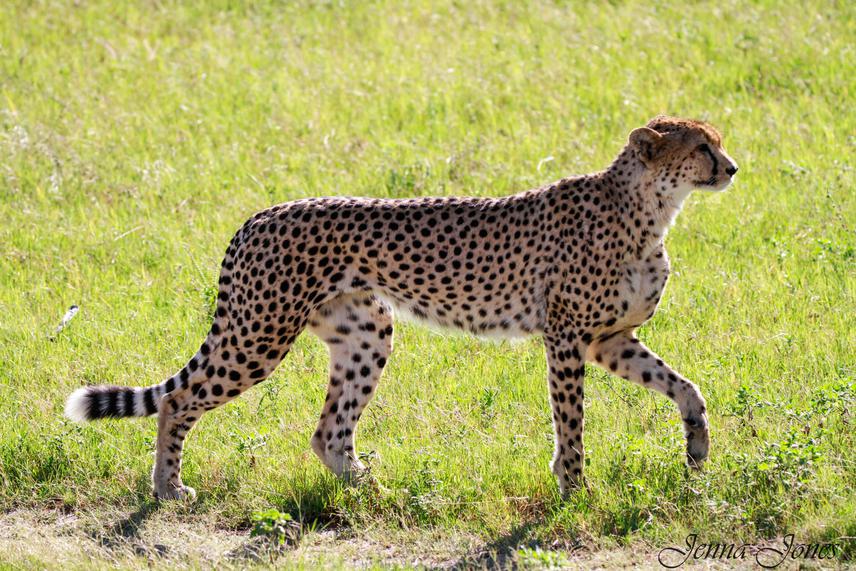Lovemore Sibanda
Other projects
Cheetahs (Acinonyx jubatus) are one of the most threatened species and their populations have been exterminated in most of their range in Africa and Asia (Durant et al., 2017). With an estimated total of 7,700 individuals across 33 populations, cheetahs are listed as ‘vulnerable’ in the IUCN species Red List (IUCN 2014). The decline in populations is largely due to changes in land-use amongst other reasons (Durant et al., 2017).

Above & Header. © Jenna Jones
One of the last cheetah population strongholds is found in Zimbabwe. In the 1980s, Zimbabwe had the third largest cheetah population in the world (IUCN, 2016). However, radical changes in land-use in the 2000s had a negative impact on most wildlife populations including cheetahs (Williams et al., 2016). A nation-wide cheetah population survey conducted between 2012-2015 revealed the cheetah population has dropped by almost 90% from 1,500 to 150 individuals over a 15 year period (van der Meer, 2017). Current cheetah populations are therefore not known.
The main objective of this study is to determine the current cheetah population in Zimbabwe using sightings and associated photographs from the general public (i.e., citizens).
To engage citizen scientists in our programme, and submit their cheetah sightings and photographs, we will provide user guides on our website and Facebook page, via posters and sighting sheets at information kiosks at national parks estates, lodges and safari operator's offices, publish articles in the local press, give regular talks at events, and conduct training workshops. These efforts will train citizen scientists on data collection protocols to ensure quality data is collected.
The workshops and training sessions will target safari guides, local community members, tourists, and national parks rangers. We will visit the different lodges, national parks, and villages to conduct workshops so that small groups can be trained; this likely means repeat visits to certain areas (i.e., communities) and developing a Cheetah Citizen Science Ambassador amongst the national parks guides and/or rangers, to help support our programme.
By directly involving the general public in research, this project will increase awareness of conservation requirements for cheetahs in Zimbabwe and engage citizens in promoting cheetah-friendly environments. In long-term, this study will develop a smartphone-compatible data collection application (for Android and iPhone) that would be freely accessible for download, to use for long term cheetah population monitoring.